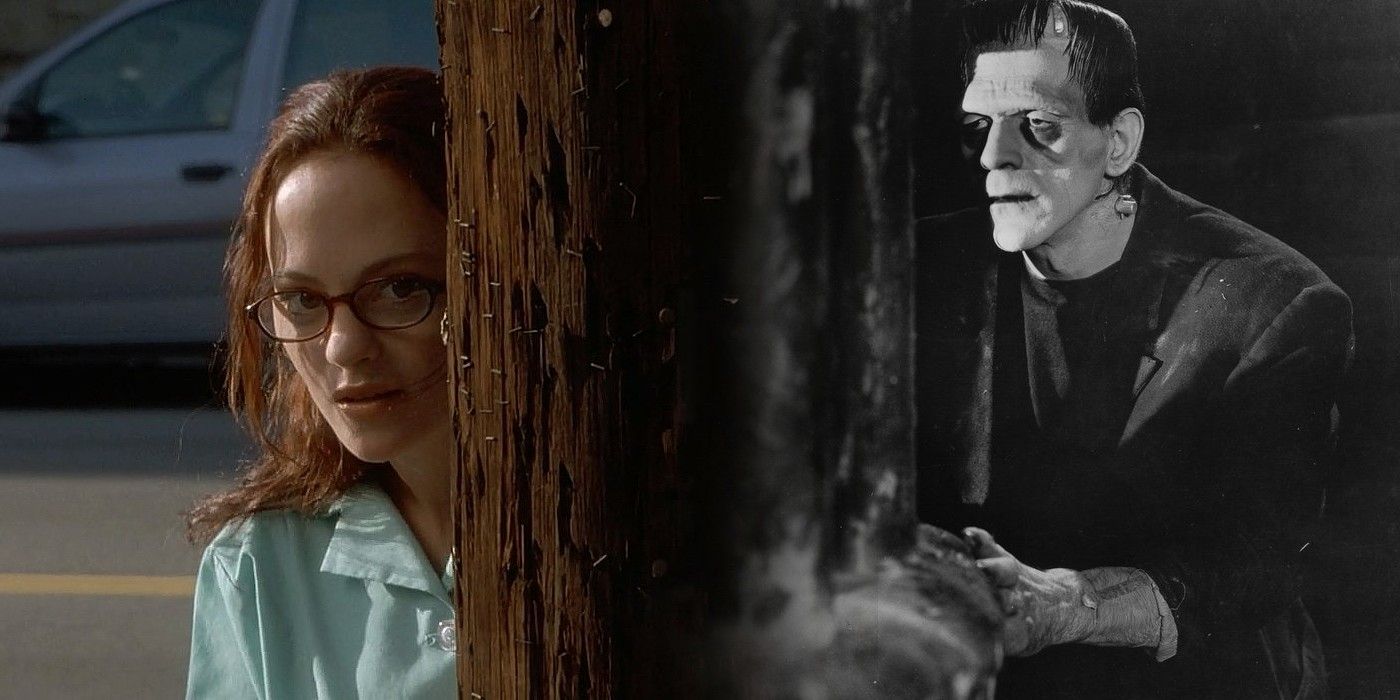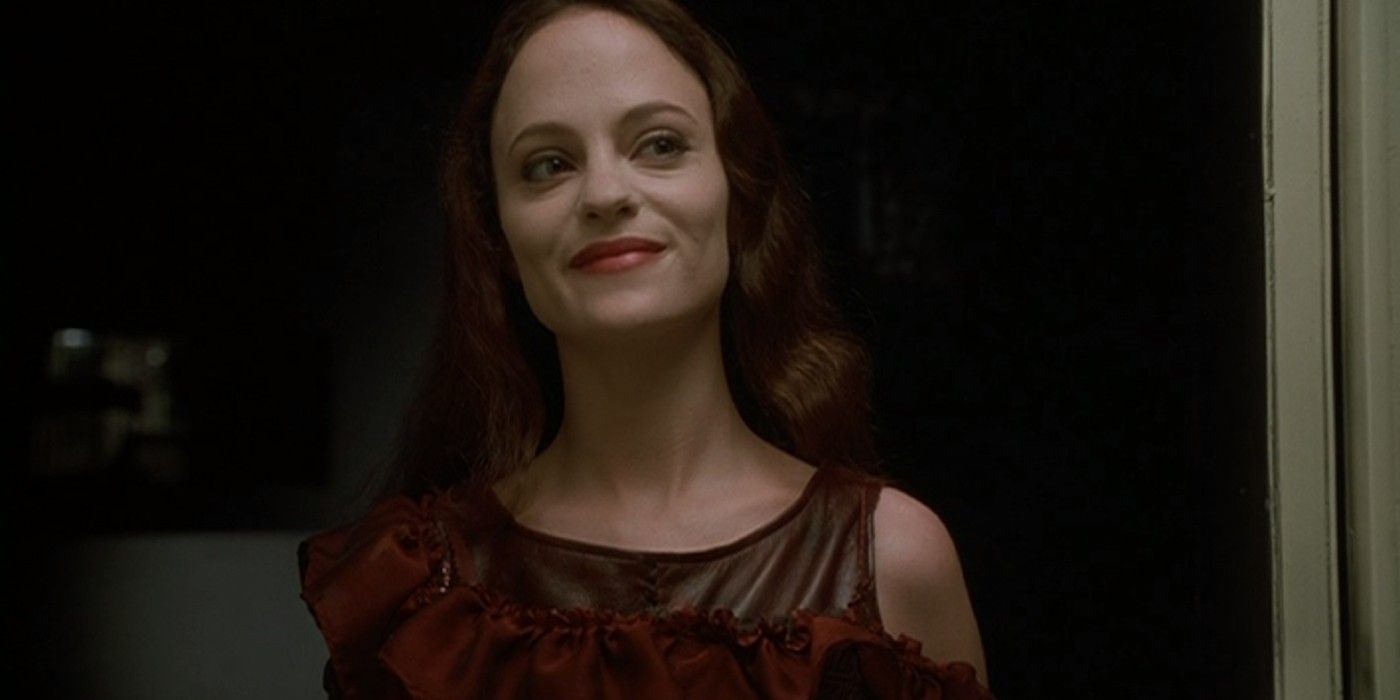Without a single friend in the world, the titular character of Lucky McKee's 2002 horror movie May sets out to create her own version of Frankenstein's monster - but with a gender-bent twist. As May's mother told her on her birthday, "if you can't find a friend, make one." Brought on by loneliness and a warped perception on friendship, she goes on a killing spree, collecting the most beautiful parts of people she knows so that she can sew them together to create the most gorgeous and attentive friend imaginable.
Mary Shelley's 1818 novel Frankenstein; or, The Modern Prometheus is widely recognized as the first science fiction story ever written. It details a doctor's desire to control nature by bringing the dead back to life and a creature's powerlessness over his creator's disdain for him, as well as his torment. The book portrays Frankenstein's monster as one of the loneliest creatures in the world -rejected by everyone, including the man who created him. When Universal Pictures' Frankenstein released in 1931, it presented a warped picture of the notorious monster. Instead of being a misunderstood and articulate man, he was made out to be a simple-minded monster. Since then he's retained these characteristics in most adaptations of Shelley's novel, but Lucky McKee's May changes that entirely.
May stars Angela Bettis (Girl, Interrupted) as the titular character who seeks solace in her mother's Suzie doll. She has two main love interests throughout the movie: Scary Movie star Anna Faris as Polly and Wrong Turn's Jeremy Sisto. When May is rejected by both of them for being too weird, or not being as attractive as Polly's latest fling Ambrosia (Nichole Hiltz, Buffy The Vampire Slayer), she resorts to violence. As she dismembers and sews them together, May adapts the classic Frankenstein story by gender-bending the scientist while also exhibiting signs of the original creature's loneliness.
At her core, May is just as lonely as the 1818 version of Frankenstein's monster. She doesn't have friends or family, and relies on the love of others to feel some form of acceptance in the world. At the same time, she exhibits signs of being completely unhinged with a desire to own the most beautiful body parts of the people she sees. May is both Dr. Frankenstein and his monster. By altering Shelley's story in this way, May creates a more nuanced and contemporary rendering of Frankenstein.
May and Dr. Frankenstein want to collect the most beautiful body parts imaginable to create a person with a pleasing appearance. While both can be perceived as overly selfish desires for scientific achievement or friendship, May's creature was made as a last resort. It was never planned and resulted from the discovery that she couldn't find a single living friend in the world. Furthermore, Frankenstein never made himself apart of the project, whereas May ripped out her own eye so that her creature - named Amy - could see her. It showcases the time, energy, and love given the creation of a Frankenstein creature rather than the need to control nature through scientific advancement.
By gender-bending Shelley's original novel, it gives more care to the creature and its creation. May loves these body parts and, when they are together, they make up her one true friend. Her actions reflect both Frankenstein's monster and scientist, as she is misunderstood and lonely, resulting in the creation of Amy. May gender-bent the classic story in order to capture a thought provoking depiction of the lengths people will go when their loneliness overwhelms them rather than their desire to control nature.


